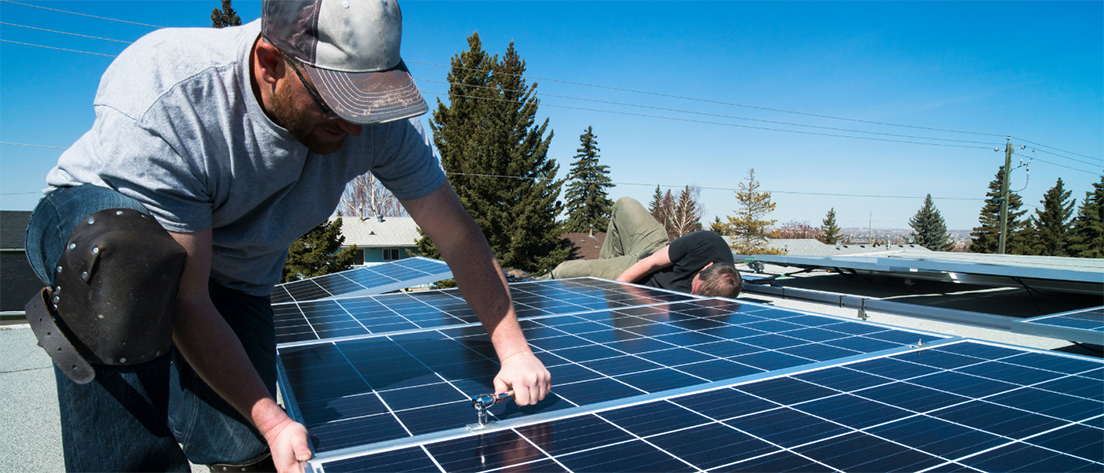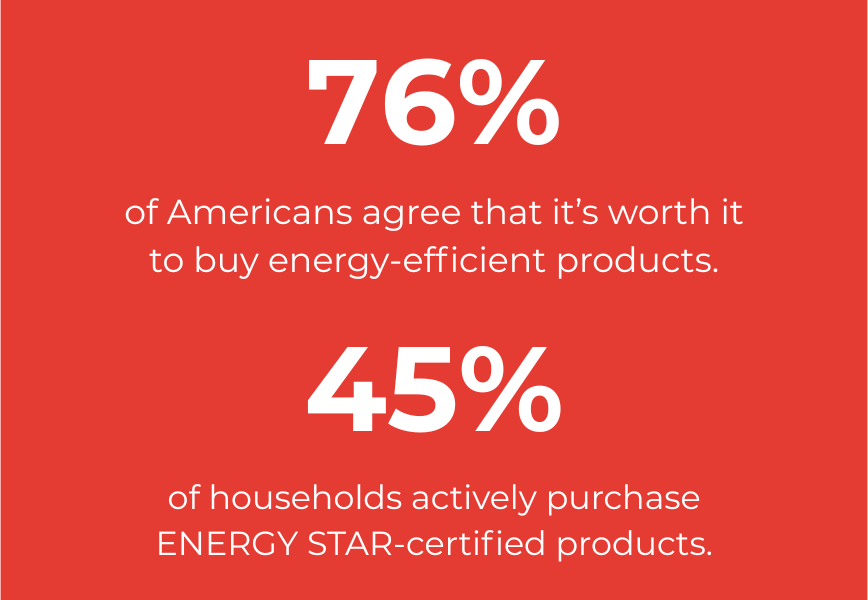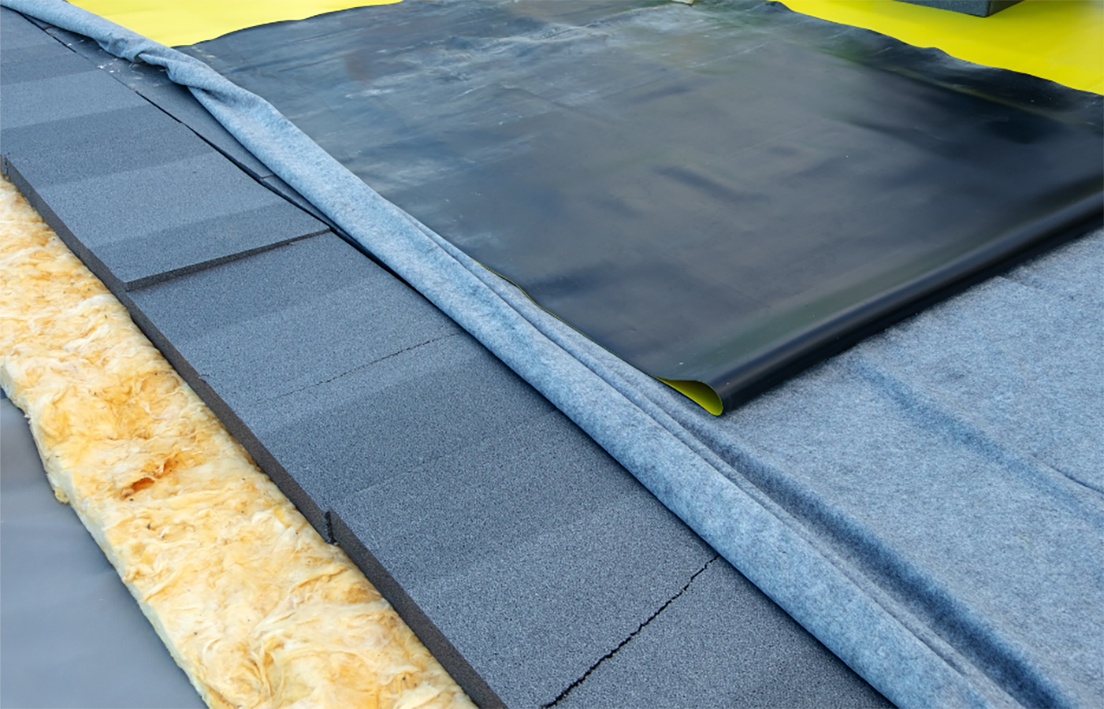
5 Things You Need to Know About Energy-Efficient Roofs
Commercial building owners in Chicago should always find ways to manage rising expenses, particularly those related to utilities.

With energy efficiency growing in popularity, 76% of Americans agree that it’s worth it to buy energy-efficient products, and 45% of households actively purchase ENERGY STAR-certified products.
For building owners, this extends beyond light bulbs and air conditioning.
Energy-efficient commercial roofing systems reduce utility costs, extend the lifespan of HVAC systems, and help buildings perform better year-round. That’s particularly useful in a city with weather as extreme and unpredictable as Chicago.
If you’re still on the fence, here are five things you need to know about energy-efficient roofs.
1. Save Money with Energy-Efficient Roofs
Commercial roofs that reflect sunlight and provide strong insulation reduce cooling costs by up to 20%, depending on the building design and materials used.
In Chicago, where summers are hot and winters are cold, the dual benefit of insulation and reflectivity makes these roofs particularly appealing.
HVAC systems operate more efficiently in cooling and heating modes, resulting in lower wear and tear and reduced energy bills.
Don’t forget, a well-maintained and properly installed energy-efficient commercial roof increases the value of your building. If the building itself consumes less energy, that lowers the owner’s costs, making it much more appealing to potential buyers and tenants.
In the competitive Chicago commercial real estate market, a building that costs less to operate offers a clear advantage.
2. There are Different Types of Energy-Efficient Commercial Roofs

There are three types of commercial roofs to consider: cool roofing systems, solar-ready roofs, and green roofs.
Cool Roofing Systems
Cool roofs are made with materials that reflect sunlight and absorb less heat.
That means reduced air conditioning use and lower electric bills on Chicago’s hottest summer days.
According to the U.S. Department of Energy, cool roofing can reduce electricity use for cooling by up to 15 percent.
The Chicago Energy Transformation Code also promotes roofing systems that contribute to energy efficiency.
Building owners replacing a roof are encouraged to use cool materials to stay compliant and reduce the building’s carbon footprint.
Solar-Ready Roofing
With growing interest in renewable energy, many Chicago property owners are installing roofs that support solar panels.
Thin-film solar products can be added to metal roofing, allowing buildings to generate part of their own electricity.
This helps offset utility costs and may provide extra energy security during periods of high demand.
Chicago’s climate may not seem like a natural fit for solar, but modern photovoltaic systems generate energy even on cloudy days.
The city also offers local solar installation incentives, and Cook County buildings may benefit from property tax relief under Illinois’ Property Assessed Clean Energy (PACE) program.
Vegetative Roofs
Green roofs, which feature layers of soil and plants, are especially useful in urban areas like Chicago.
They help regulate temperature, improve air quality, and reduce stormwater runoff.
While installation is more involved, they offer long-term financial and environmental advantages.
Chicago’s Green Roof Grant Program has helped offset installation costs in some neighborhoods, particularly where flooding and water management are key concerns.
These roofs also improve building aesthetics, offering a bonus for properties looking to stand out.
3. The Right Materials Matter
When choosing roofing materials, consider metal roofs, which are long-lasting and recyclable and hold up well against Chicago’s wind, snow, and hail.

Most importantly, they reflect heat well and retain this quality over time.
Metal roofing is also a good option for buildings near expressways or heavily industrial areas, where airborne debris and noise are more common.
Also, insulation is essential in a climate with hot summers and freezing winters.
A properly insulated roof keeps conditioned air inside where it belongs. This makes a significant difference in comfort and energy costs throughout the seasons.
Spray foam, polyiso boards, and rigid fiberglass are popular options in Chicago. When used with reflective membranes, these materials help stabilize internal temperatures and reduce HVAC cycling.
4. Additional Financial Incentives
Federal tax credits are available for energy-saving roofs depending on the expected energy savings. Over time, these credits could significantly reduce costs and save you money.
Local incentives through the Chicago PACE program “make it possible for owners and developers of commercial properties to obtain low-cost, long-term financing for energy efficiency, sustainability, and renewable energy infrastructure deployed in new or existing buildings.”
A new, energy-efficient commercial roof is more affordable and accessible than ever. The financial incentives help shorten the time it takes for energy savings to cover installation costs while cleaning up the environment.
5. Yearly Maintenance Remains Important
Routine inspections are necessary to get the most from an energy-efficient roof in Chicago. Weather events like snow accumulation, freeze-thaw cycles, and wind gusts strain roofing systems and, without proper maintenance, shorten the lifespan of commercial roofs.
At Ridgeworth Roofing, we suggest scheduling a commercial roof inspection at least twice a year: once after winter and again after summer’s peak heat. If there is a particularly bad storm, it isn’t a bad idea to reach out in case something is damaged.
The goal is to keep drainage systems clear and promptly repair minor issues before they spread into something more serious and costly.
Investing in preventive maintenance reduces the chance of weather-related damage and extends the roofing system’s life.
Want to Learn More About Energy-Efficient Roofing?
Ridgeworth Roofing works with commercial building owners across the Chicagoland area to install, inspect, and maintain their commercial roofs. Whether repairing a roof from wind damage or installing a green roof, Ridgeworth Roofing has done it all.
Need a new roof? Contact Ridgeworth Roofing today for an estimate.
